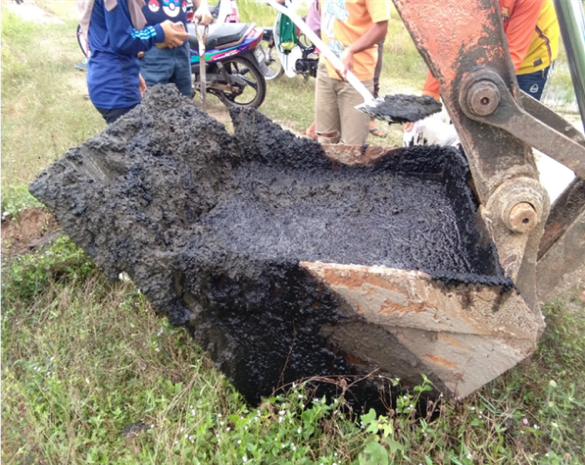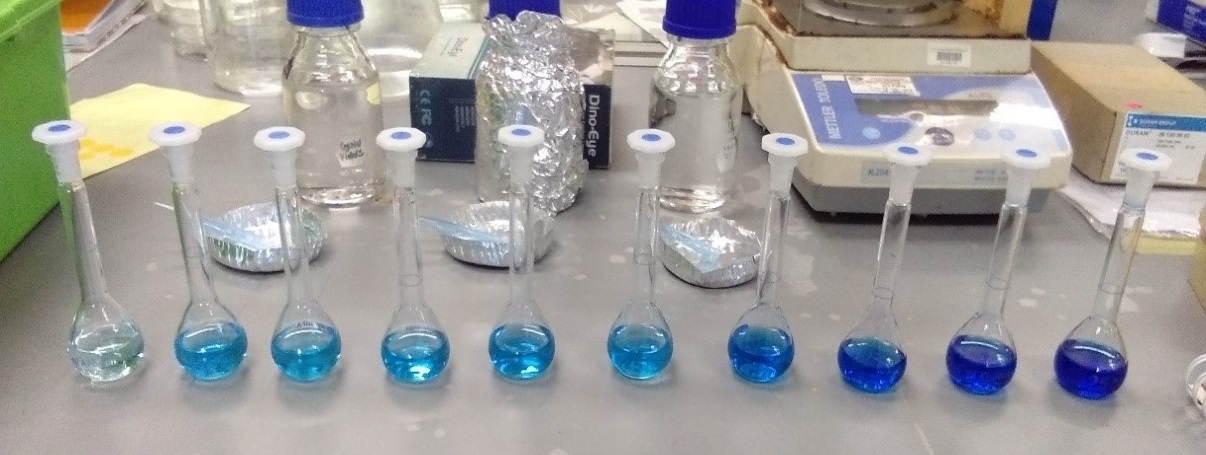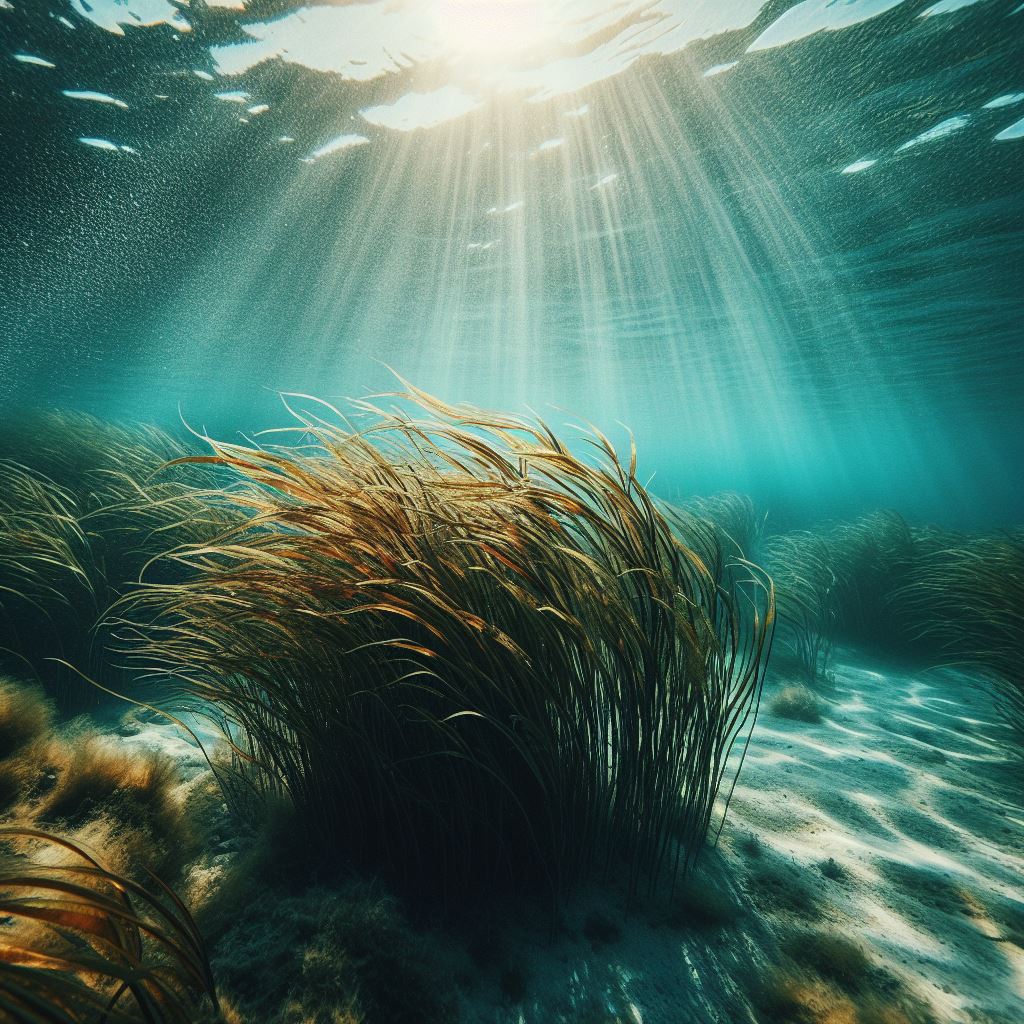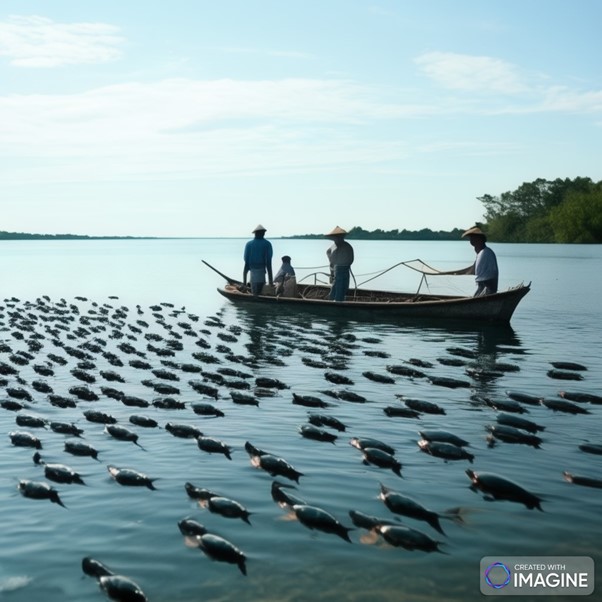By: Assoc. Prof. Dr. Murni Marlina Abd Karim
Environmental pollution is increasingly alarming. Bioremediation is the use of living organisms for the recovery or cleaning up of a contaminated medium such water, soil or industrial wastes that contain toxic substances and can cause environmental pollution. "Remediate" means to solve a problem and "bioremediate" means to use biological organisms to solve an environmental problem such as contaminated soil or groundwater. The process of bioremediation might involve the introduction of new organisms to a site or the adjustment of environmental conditions to enhance degradation rates of indigenous fauna.
 Solid waste is taken from the shrimp ponds
Solid waste is taken from the shrimp ponds
The criteria of microorganisms potentially acting as bioremediation agents need to be refined and studied. Among these criteria are the ability to reduce and decompose toxic components or convert them to less harmful forms so as not to harm the environment. In addition, microorganisms used as bioremediation agents should be safe and do not belong to the pathogen group.
 Laboratory analysis of ammonia to determine ammonia levels after bioremediation
Laboratory analysis of ammonia to determine ammonia levels after bioremediation
In aquaculture, the waste generated by this industry is made up of excess food, impurities and particles in the water culture. This residue cannot be disposed of without treatment because it contains very high nutrients such as ammonia and phosphorus which can adversely affect the ecosystem.
Bioremediation is seen as a viable and high potential treatment technology option. Studies on applications of bioremediation in aquaculture are currently being carried out for the purpose of treating aquatic and wastewater (water and solid) cultures using a variety of microorganisms. The main focus now is the study of bioremediation of solid waste from shrimp ponds using bacteria to control and reduce ammonia and phosphorus content that negatively impacts the environment if it exceeds the prescribed level.
Date of Input: 31/01/2021 | Updated: 31/01/2021 | nsyahirah
MEDIA SHARING













 Solid waste is taken from the shrimp ponds
Solid waste is taken from the shrimp ponds Laboratory analysis of ammonia to determine ammonia levels after bioremediation
Laboratory analysis of ammonia to determine ammonia levels after bioremediation














